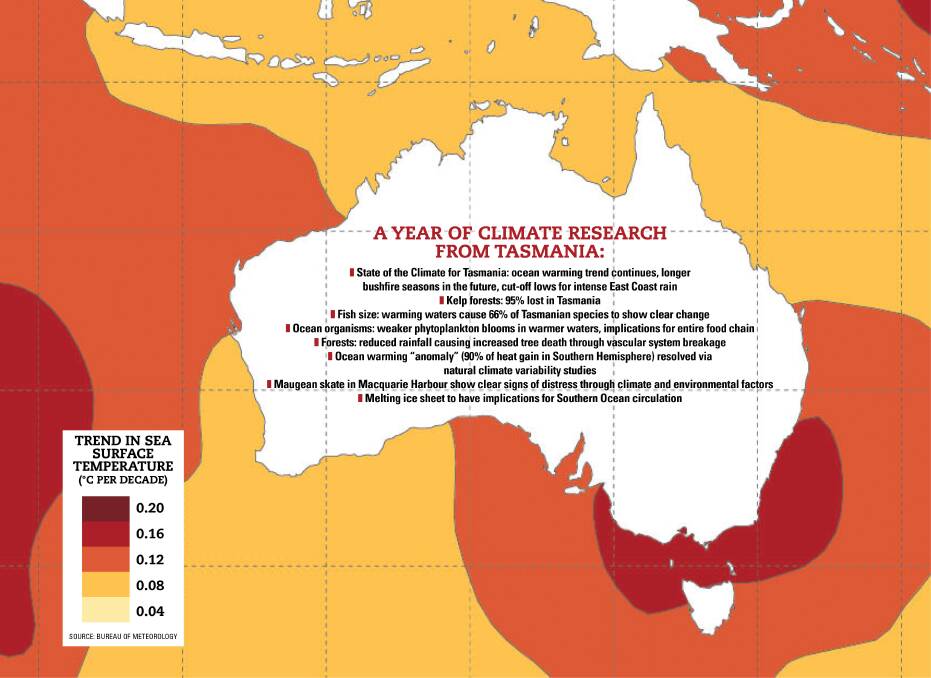
For a few months at the start of 2020, bushfires on the mainland appeared set to make climate change the number one issue for the year.
Subscribe now for unlimited access.
$0/
(min cost $0)
or signup to continue reading
Their sheer magnitude and widespread nature demonstrated the clear implications of an overall warming and drying climate. That was, until, the coronavirus pandemic pushed the issue back down the list of priorities, once again.
But climate change won't go away if the public simply forgets about it.
Tasmania is home to some of the world's leading climate researchers and institutes. Their work did not stop when the pandemic started, meaning important discoveries were made throughout 2020.
State of the Climate
Last year's State of the Climate report from the Bureau of Meteorology and CSIRO further reinforced projected climate impacts for Tasmania: generally longer fire seasons causing reduced windows for preparation, continuing flood risk from more intense rainfall events on the East Coast, and some of the world's fastest-warming sea surface temperatures.
Senior research scientist in the CSIRO Climate Science Centre, Dr Michael Grose, said Tasmania presented one of the most interesting case studies for rainfall.
"In the future we expect some seasons to become drier on average, including summer and autumn, but despite that, we expect more cases of intense rainfall - that's hourly or daily rainfall," he said.
"Even in places where the average rainfall might decline a bit, they're still likely to get those intense rainfall events."
IN OTHER NEWS:
A potential key driver of this - and an area of future scientific inquiry - is how a warming climate interacts with cut-off lows. These are low pressure systems that are cut off from the western flow, or the Roaring Forties, meaning it can linger and build in intensity off Tasmania's East Coast.
It's a similar phenomena to that which brings intense hail storms to eastern mainland states, just further south.
With the South Esk flowing from the East to Launceston, the impact of climate change on this system could be key to the frequency and intensity of the city's future flooding.
The increase in sporadic heavy rainfall events, rather than the more even spread of rainfall of the past, has been noted in other parts of the world, particularly in Africa, where it has caused disruptions to food networks.
The main recurring feature of climate projections for Tasmania is the ever-increasing warming trend of sea surface temperatures, particularly in the east.
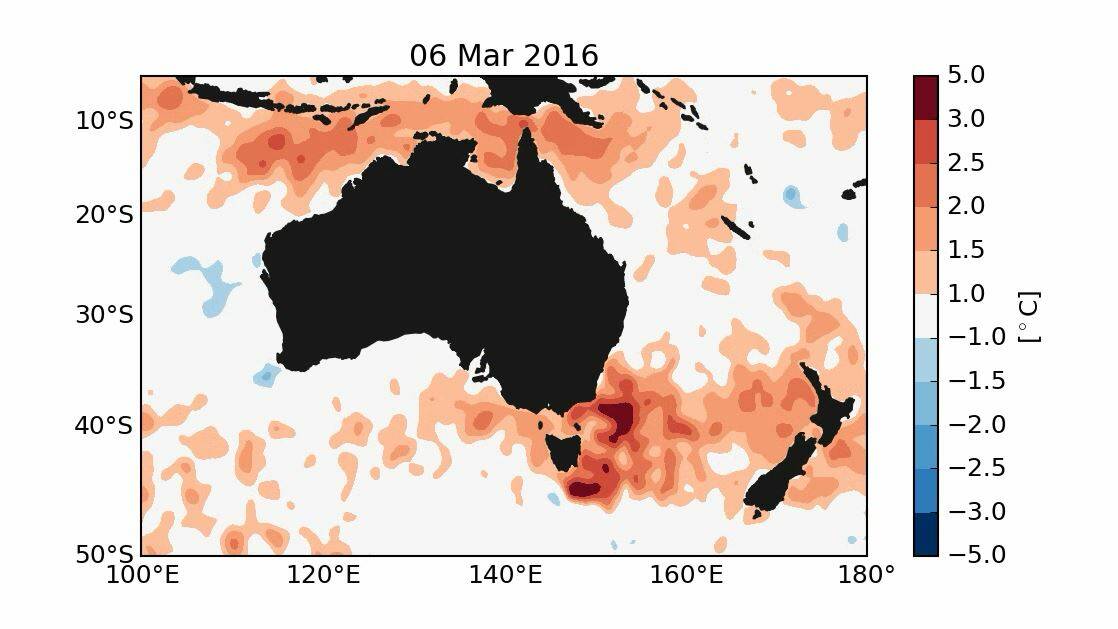
The East Australian Current is strengthening due to climate change, thus bringing warmer waters to Tasmania, and causing marine heatwaves - one of the strongest examples of climate change-induced weather events.
But why is climate change more noticeable under the sea than above it, and marine heatwaves more intense and longer-lasting than on land?
Dr Grose said it came down to basic physics.
"Water is a thicker fluid, and ocean currents move slower than weather systems in the air," he said.
"With more heat going into the ocean, it changes where the water masses are, where they move.
"It means fish species that have the ability to move, are moving further south. This has been clearly noted off the East Coast of Tasmania."
One of those species is the sea urchin, exacerbating widespread destruction of giant kelp forests.
When kelp loss started
While research has focused on the cause and effect of the decline of Tasmania's giant kelp forests, in 2020 an Institute for Marine and Antarctic Studies project was able to determine what led up to this point.
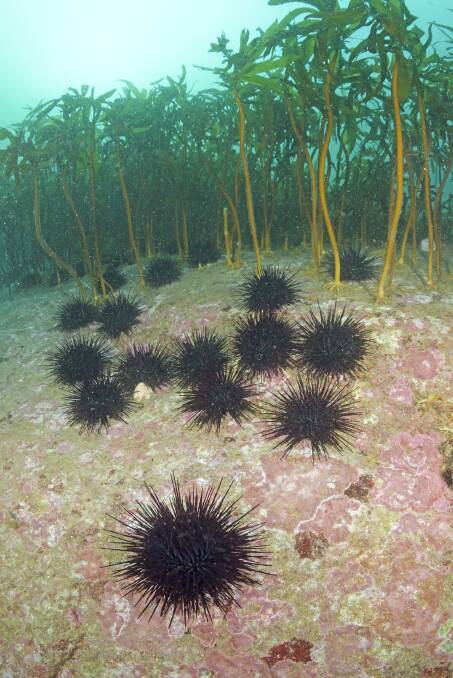
Using satellite images taken over three decades and other methods, it showed that long-term decline started in the 1970s and greatly accelerated to "catastrophic collapse" in the late-1990s.
"By matching the satellite imagery with data on ocean environmental conditions, our models showed that this collapse was associated with increasing sea surface temperatures," lead researcher Claire Butler said.
Kelp forests covered more than 400 hectares in the late-1990s, but less than 10 hectares by 2015.
"Reduced nitrogen, in particular, impacts giant help growth, reproduction, early development and recruitment," Ms Butler said.
Heat and organisms
Phytoplankton is one of the most important marine organisms you've probably never heard of, but it's role in ecosystems is vital.
Not only does the algae form the base of aquatic food webs as a source of food for fish and zooplankton, it also absorbs carbon dioxide through photosynthesis.
IMAS-led research looked into the impact of marine heatwaves on phytoplankton, finding that when it exists in nutrient-rich areas, it increases in productivity. But in low-nutrient areas, it decreases.
It highlighted how nutrient-poor areas would further deteriorate as marine heatwaves became more intense.
"These differences can be explained by changes in the availability of light and nutrients as water temperatures rise, which exacerbate the area's existing tendency to be either nutrient-rich or poor," lead author Dr Hakase Hayashida said.
The next step for researchers would be to look into the overall global impact of marine heatwaves on phytoplankton blooms to predict which areas would struggle, and which could thrive.
Fish size changes
Fish in aquariums grow to a small size when raised in warmer water, but is the same true in the wild?
An IMAS-led study analysed three decades of data from 30,000 surveys and made a curious discovery for fish: 55 per cent got smaller as predicted, but 45 per cent got larger.
In most cases for warmer water, larger species grew larger, while smaller species grew smaller.
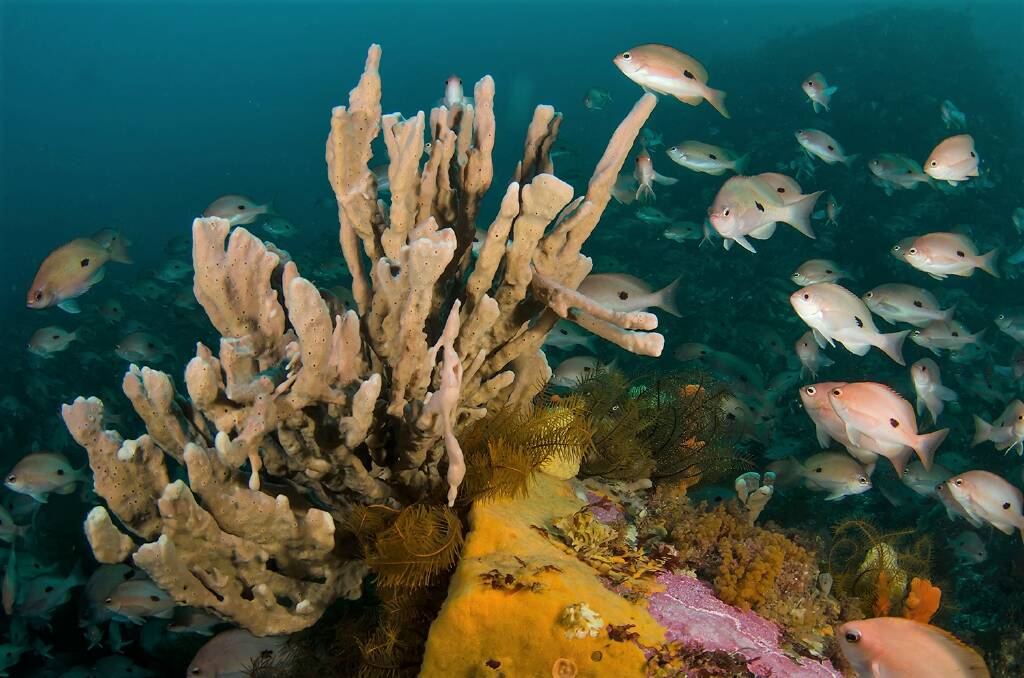
Centre for Marine Socioecology scientist Dr Asta Audzijonyte said that, for Tasmania, 66 per cent of species showed a clear change in body size.
"The change in median-length temperate fish corresponds to around 12 per cent of its body mass for each 1 degree Celsius of warming," she said.
The study showed how warming oceans would have implications for ecosystems and their resilience to factors such as fishing and pollution.
Predicting marine heatwaves
Given their potential for destructive impacts on ecosystems and industries, the lack of systems to predict marine heatwaves was highlighted in 2020.
Tasmanian researchers joined others worldwide in a paper detailing areas of improvement for marine heatwave study - a field that only really began in 2011.
IMAS Professor Neil Holbrook said the ability to predict the weather event depended on individual regions and the causes.
"Forecasts might be possible a week or so in advance when marine heatwaves are caused by blocking high-pressure systems in the atmosphere and heating of the upper ocean," he said.
"Probabilistic forecasts of increased or decreased marine heatwave likelihoods may be possible months in advance in regions where potentially predictable climate fluctuations, such as El Nimo-Southern Oscillation, are influential.
"And in regions where marine heatwave likelihoods are modulated by the influence of slowly propagating oceanic processes such as Rossby waves, which can take years to cross ocean basins, multi-year probabilistic forecasts may be possible."
This technology could have uses for fisheries, aquaculture and conservation.
Forest vulnerability
The decline of coral reefs could foreshadow what's in store for forests, with a University of Tasmania-led review of research showing that tree species have "inflexible damage thresholds" when it came to water stress.
Droughts cause trees to die by breakage in their vascular systems, and the research found this would become more common in the future.
In 2019, drought caused more trees to die than the devastating bushfires, according to lead researcher Professor Tim Brodribb.
The review team found the pace of climate change appeared to be introducing instability into mortality rates of forests.
"Changes in community structure and ecology are certain, as are extinctions of tree species by the direct or indirect action of drought and high temperatures," the review team concluded.
Wine industry
Few agricultural industries are as acutely aware of climatic changes than grape growers, where trends over decades have seen the start of the growing season change incrementally.
Hang times for fruit has also shortened, making some wine regions become less desirable over time.
To prepare for this, the University of Tasmania's Climate Futures Group developed A Climate Atlas for the wine industry, describing short and long-term trends until 2100.
Information was tailored for regions and grape varieties.
Climatology expert Dr Rebecca Harris said it would help communities to plan for the future.
"The project identified weather risks that are particularly important to grape-growing within different wine regions and assessed future changes in their frequency and intensity based on regional climate models that incorporate the large-scale climate drivers that drive drought and extreme heat," she said.
Antarctica
It's an ironic loop: Antarctic ice loss is a symptom of climate change, but could also be revealing a solution: blue carbon.
It just needs the international community to get on board and link the protection of this phenomena with the Antarctic Treaty System and the 2015 Paris Agreement.
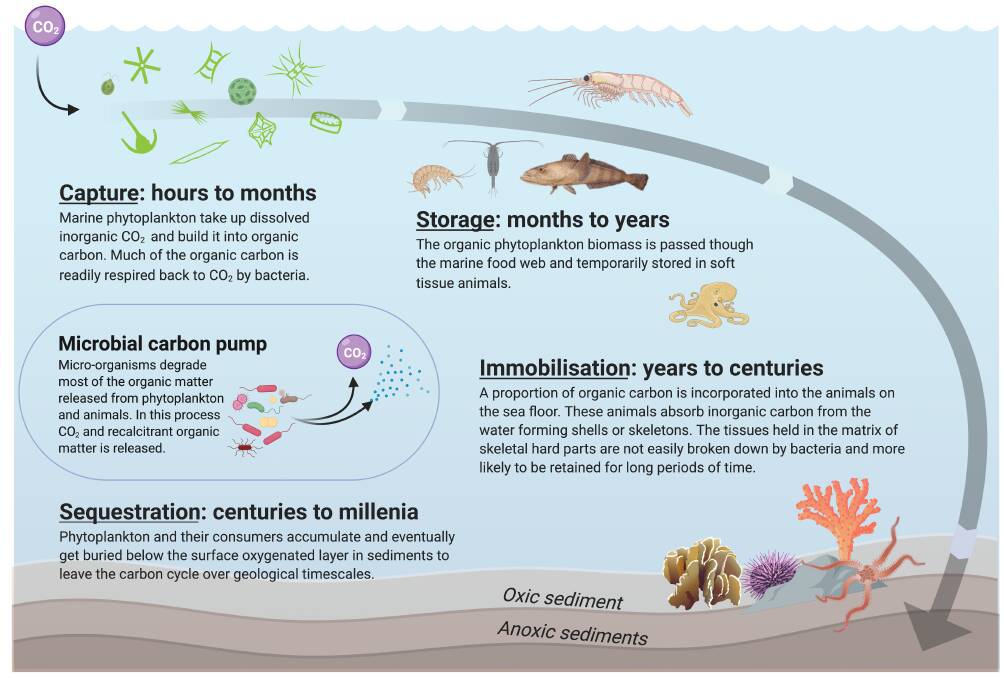
Blue carbon is one of the world's largest increasing forms of carbon storage, in which phytoplankton thrives in newly ice-free waters following the shrinking of sea ice, thus absorbing carbon.
In a paper led by IMAS, it was proposed that this required greater protections.
"Protecting Antarctic carbon sequestration is an important challenge which has largely been ignored in international agreements," Dr Narissa Bax said.
"Managing Antarctic waters requires often lengthy negotiation of collective agreement from fishing states under the Commission for the Conservation of Antarctic Marine Living Resources, based in Hobart."
Another research project further analysed the impact of melting Antarctic sea ice.
It found that, at current trends, it could add half-a-metre of sea level rise in the coming century based on data and modelling for past warm periods.
Lead author Dr Taryn Noble, of IMAS, said it would also have implications for the Southern Ocean.
"The input of meltwater to the surrounding Southern Ocean has implications for the global climate, through changes in sea ice cover and ocean circulation, and this can amplify the melting of Antarctic ice shelves," she said.


